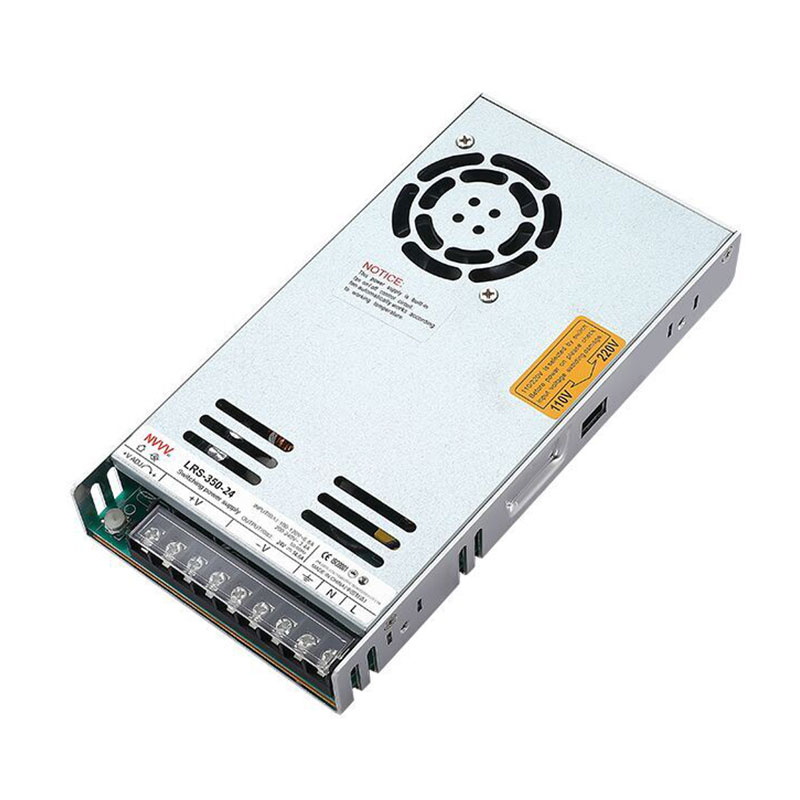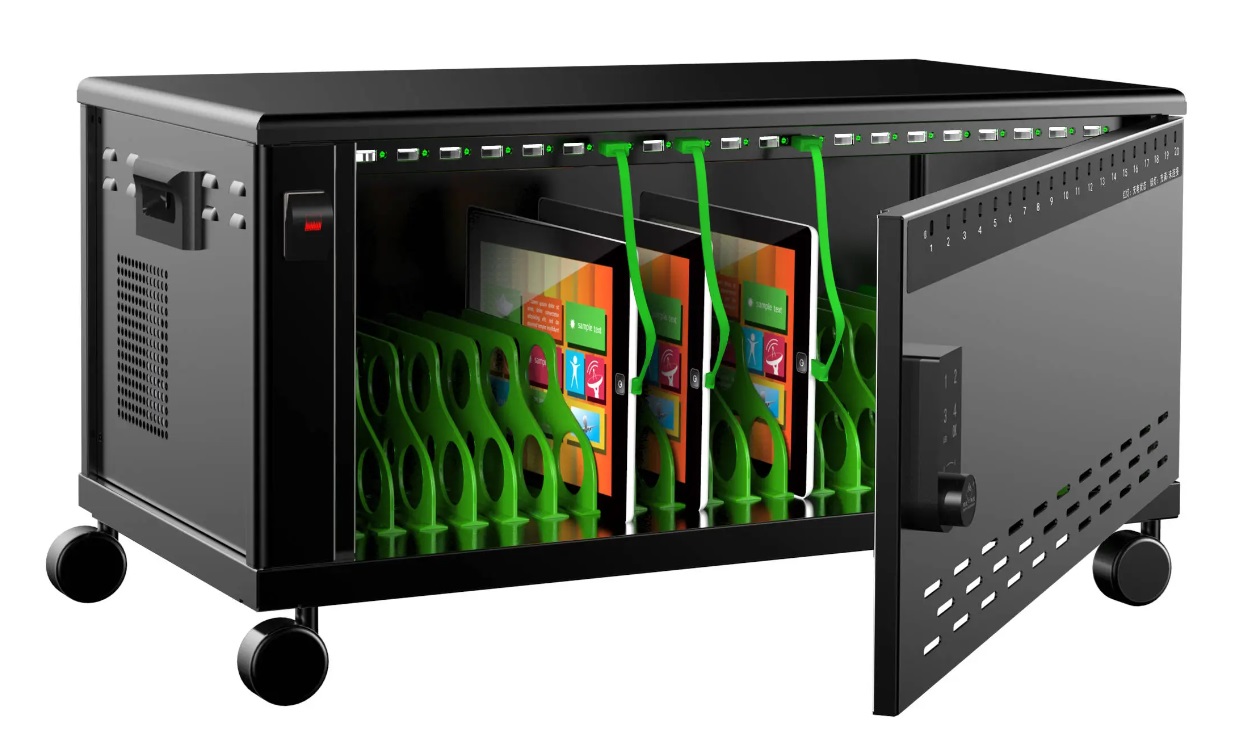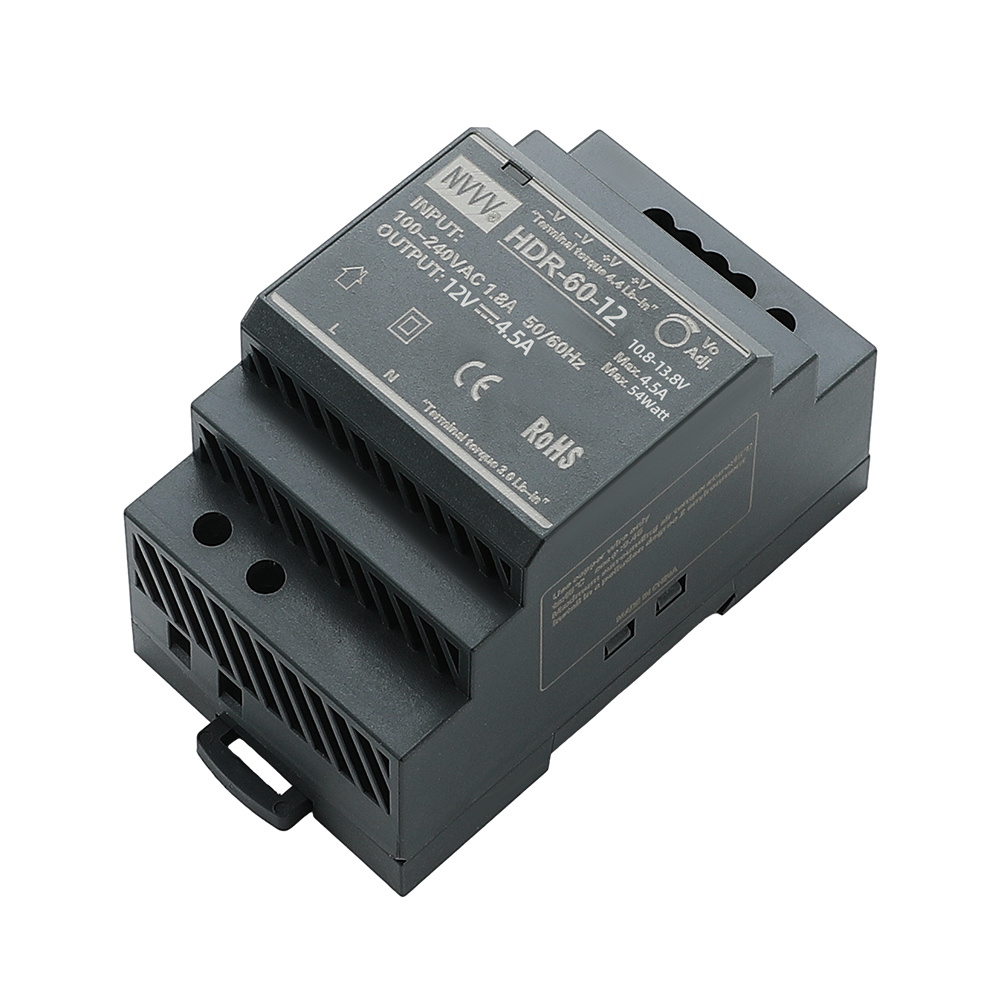What is the difference between a PSU and a SMPS and how to differentiate them?
In the development of modern electronic devices, the importance of power supply technology cannot be ignored. Power supplies provide the required energy for electronic devices to support their normal operation. However, the choice of power supply not only affects the performance and stability of the device, but also the energy efficiency and long-term operating costs of the device. In this context, power supply (PSU, Power Supply Unit) and switching power supply (SMPS, Switch Mode Power Supply) as two common power supply devices have shown their own different characteristics and advantages.
The difference between PSU and SMPS lies not only in the design and working principle at the technical level, but also in their practical application and applicability. By deeply understanding the structure, performance, efficiency and application scenarios of these two power supply devices, users can make more informed decisions when choosing power supply devices. Therefore, we will further expand the discussion and explore the technical characteristics, applicable fields and specific performance of PSU and SMPS in different devices.
1. What is a power supply (PSU)? How does it work?
3. Comparison of PSU and SMPS in efficiency and energy consumption
4. Power supply selection in different devices: PSU or SMPS?
5. Technically distinguish between PSU and SMPS
6. Safety and maintenance of PSU and SMPS
1. What is a power supply (PSU)? How does it work?
A power supply (PSU, Power Supply Unit) is a device that converts alternating current (AC) into direct current (DC). Normally, household appliances and other electronic devices use AC as the input source, but most electronic components and circuits require DC to work properly. The main task of PSU is to step down the input AC through a transformer, convert AC into DC using a rectifier circuit, and finally output a stable DC voltage through a filtering and voltage stabilization circuit.
Power supply equipment can be divided into linear power supply and switching power supply according to its conversion technology. Traditional PSU belongs to linear power supply, and its working principle is relatively simple. The output DC current relies on linear regulator to maintain stability. However, since the linear regulator consumes additional energy to maintain voltage stability, this design has significant limitations in efficiency. The energy loss of PSU is usually high, especially when the load fluctuates greatly, the heat dissipation problem is particularly prominent.
In addition, PSU designs are usually large and heavy because they require large transformers and heat sinks to cope with the heat generated during the power conversion process. Although PSU performs well in reliability, its shortcomings of low energy efficiency, large size and heavy weight are gradually being abandoned in modern applications.
2. How does a switching mode power supply (SMPS) work? What is the principle behind its high efficiency?
Compared with traditional linear power supplies, switching power supplies (SMPS) achieve efficient power conversion through more advanced technology. The core principle of SMPS is to use high-frequency switching technology to achieve voltage regulation and conversion.
SMPS first converts the input AC power into DC power, and then converts DC power into high-frequency AC power through a high-frequency oscillation circuit. The high-frequency AC power increases or decreases the voltage to the required level through the transformer transformation process. Finally, after the rectification and filtering circuit, the required stable DC voltage is output. Unlike traditional PSUs, SMPS does not consume extra energy to maintain voltage stability when converting voltage, but relies on high-speed switching of switches to achieve this goal. Therefore, SMPS has less energy loss and higher efficiency.
High-frequency technology is the key to the efficient operation of SMPS. Due to high-frequency operation, the transformer and other components in SMPS can be made smaller and lighter, which greatly reduces the size and weight of the entire power supply unit. In addition, high-frequency operation can significantly improve the efficiency of power conversion, reduce heat generation, and reduce the need for heat dissipation.
It is precisely because of these technical advantages that SMPS is widely used in modern electronic devices, such as computer power supplies, home appliances, communication equipment, and industrial control systems.
3. Comparison of PSU and SMPS in efficiency and energy consumption
The efficiency of the power supply directly affects the energy consumption and operating costs of the equipment. In the efficiency comparison, SMPS shows significant advantages.
Efficiency and energy consumption of linear power supply
Traditional PSUs are linear power supplies, and their efficiency is usually between 50% and 70%. This means that during the power conversion process, 30% to 50% of the energy is lost in the form of heat. For low-power applications, this energy loss may not have much impact, but in high-power applications, a large amount of energy waste will not only increase operating costs, but also increase the burden of heat dissipation.
High efficiency of switching power supply
In contrast, the efficiency of SMPS can reach 80% to 95%. Behind the high efficiency is its high-frequency switching technology, which can quickly adjust voltage and current and reduce unnecessary energy loss. In addition, switched mode power supply effectively reduces the size and weight of the equipment through miniaturized high-frequency transformers and inductors, while also reducing the need for heat dissipation.
Take a typical application scenario as an example: 24vdc power supply. In this scenario, SMPS can efficiently convert the input voltage into 24V DC and maintain the stability of the output voltage. Since SMPS reduces energy loss during the conversion process, it can not only improve the operating efficiency of the equipment, but also extend the service life of the equipment and reduce the maintenance cost of the equipment.
4. Power supply selection in different devices: PSU or SMPS?
Different devices have different power requirements, and it is crucial to choose the right power supply device. Next, we will analyze the applicability of PSU and SMPS in different scenarios through several practical application cases.
Power supply selection in 3D printers
3D printers are devices that rely on precise power supply. During the printing process, voltage fluctuations may cause deterioration in print quality or printing errors. Therefore, a stable power supply is essential. Although traditional PSUs can provide relatively stable voltages, they are inefficient and prone to overheating during long-term high-load work. On the contrary, SMPS, due to its efficient power conversion capability, can provide 3D printers with stable and precise power supply while avoiding overheating problems caused by energy waste.
Power requirements of embroidery machines
Modern embroidery machines also have high requirements for power supply, especially when running at high speed and processing complex patterns. Embroidery machines need to adjust current and voltage according to different working stages. Traditional PSUs cannot respond to these changes quickly, which may cause embroidery machines to malfunction or reduce efficiency. SMPS can quickly respond to changes in current, provide stable power supply, and ensure efficient operation of embroidery machines.
Application in school network laptop charging cabinets
School network laptop charging cabinets usually need to charge a large number of devices at the same time. Traditional PSUs are prone to generate a lot of heat due to excessive load in this case, and may even cause safety hazards. The high efficiency and overload protection function of SMPS make it an ideal choice in this scenario. SMPS can not only efficiently provide stable power for each laptop, but also avoid safety problems caused by overload.
Application of SMPS in automatic irrigation system
Automatic irrigation systems in agriculture require precise power control to ensure the normal operation of water pumps and other equipment. In this scenario, SMPS using 24VDC power supply can provide stable and efficient power support for the irrigation system. SMPS can not only adapt to different input voltages, but also ensure the reliability of the system when the power grid fluctuates. Especially when long-term operation is required, the efficient energy conversion of SMPS can reduce energy consumption and reduce agricultural operating costs.
5. Technically distinguish between PSU and SMPS
To distinguish between PSU and SMPS, you first need to understand their internal structure and working principle. PSU has a simpler design and usually includes a transformer, a rectifier circuit and a linear regulator. Because PSU relies on a linear regulator to maintain voltage stability, its efficiency is low, especially when the load changes greatly.
In contrast, switch mode power supply uses a more complex high-frequency switching technology. Its internal circuit includes a high-frequency oscillator, a transformer, a rectifier and a filter circuit. SMPS achieves voltage conversion and regulation through high-speed switching switches and high-frequency transformers, and has the characteristics of high efficiency and low loss.
In addition, PSU and SMPS can also be initially distinguished from the appearance. Traditional PSUs are large in size and have obvious heat sinks, and usually require external fans for heat dissipation. SMPS is relatively small, with a compact internal structure, and usually does not require large heat dissipation devices.
6. Safety and maintenance of PSU and SMPS
In terms of safety, PSU has poor heat management and is prone to overheating during long-term high-load operation, increasing the risk of equipment failure. SMPS has better heat management due to its efficient energy conversion, and is also equipped with multiple protection functions such as overload protection, short-circuit protection and overvoltage protection, which greatly improve its safety.
In terms of maintenance, PSU has relatively low maintenance costs due to its simple structure, but it is prone to aging and damage due to its low efficiency. Although SMPS has a more complex design, it has a longer service life and lower maintenance requirements, so it performs better in long-term use.
Conclusion
The selection of a suitable power supply device needs to be determined according to the specific application scenario. For traditional devices that do not require high efficiency, PSU is still an economical choice. However, for modern electronic devices that require efficient and stable power supply, SMPS is undoubtedly a more ideal choice.
Through the analysis in this article, we can see that SMPS has become the preferred power supply device in many high-performance devices with its efficient power conversion, stable power output and compact design. SMPS has demonstrated its irreplaceable advantages in applications such as 3D printers, embroidery machines, school network laptop charging cabinets, and automatic irrigation systems. Therefore, SMPS will continue to dominate future equipment design and power supply selection, driving electronic equipment towards a more energy-efficient and reliable direction.












